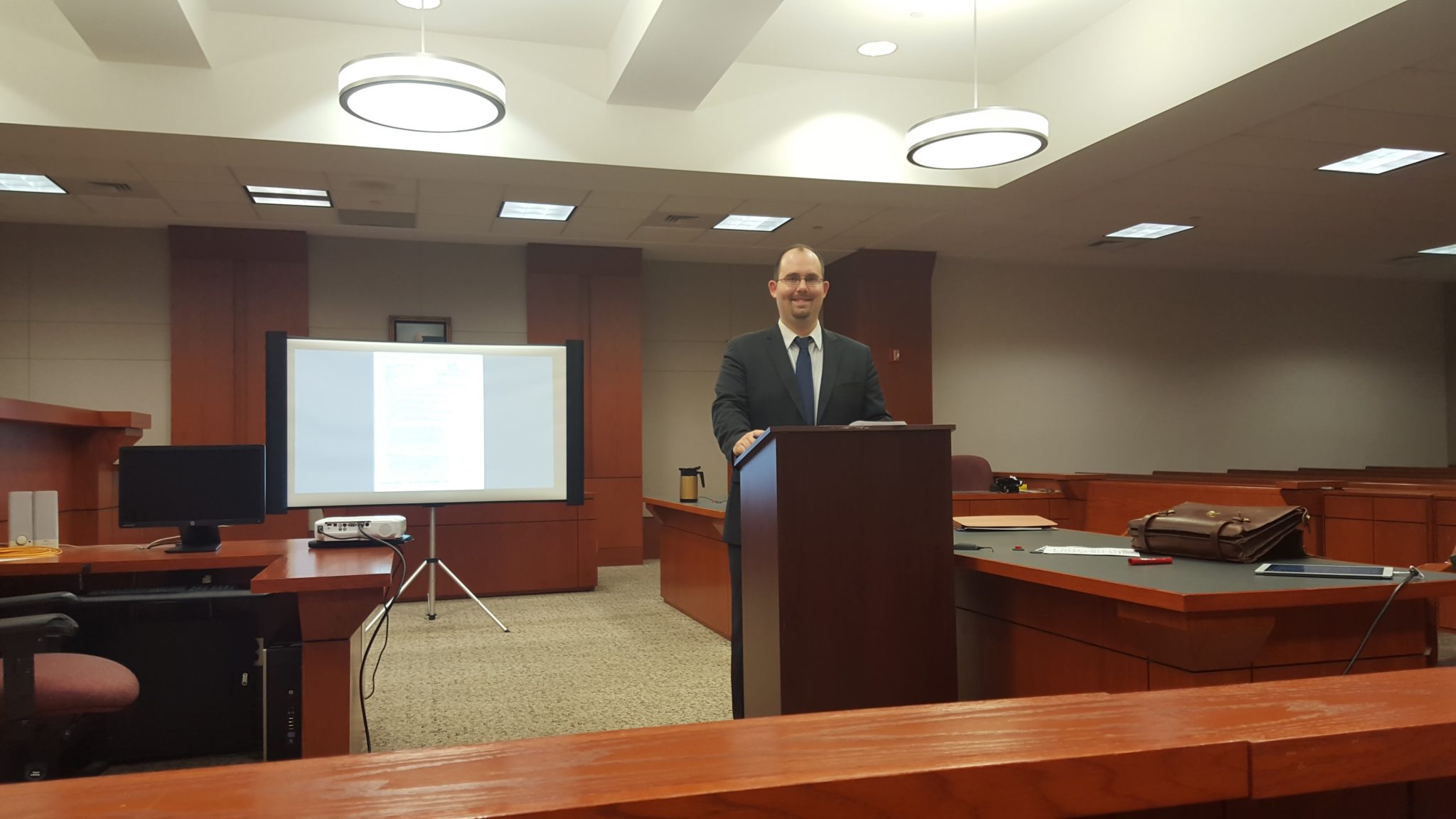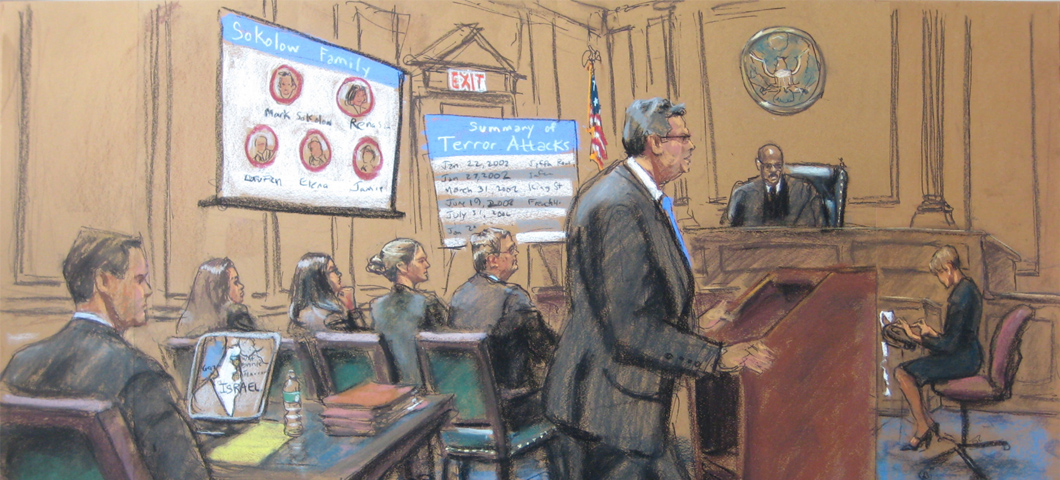Browsing the Complexities of Test Presentations: Tips for Seamless Shipment and Engaging Disagreements
In the world of lawful process, the art of test discussion stands as a crucial determinant of success. The complexities fundamental in trial presentations need a delicate balance of technique, finesse, and skill.

Recognizing Trial Objectives
To successfully browse a test, it is critical to have a clear understanding of the objectives that need to be achieved. Before stepping into the court, lawful groups need to specify their objectives and wanted end results. These purposes function as guiding principles throughout the test, forming strategies and influencing decision-making processes.
Understanding test purposes entails a comprehensive evaluation of the instance, lawful criteria, and the customer's benefits. Trial Presentations. It needs a precise evaluation of the truths, identifying essential issues, and anticipating possible obstacles. By establishing measurable and specific objectives, lawyers can tailor their discussions and disagreements to line up with the desired outcomes
In addition, a clear understanding of trial objectives makes it possible for lawful teams to focus on proof, witnesses, and legal arguments properly. It permits for the advancement of a coherent story that resonates with the judge and court, enhancing the overall instance presentation.

Organizing Proof Successfully
Having a clear understanding of test objectives lays the structure for organizing evidence properly in lawful process. By aligning the presentation of proof with the desired end results of the trial, lawful teams can enhance their debates and enhance their persuasiveness.
One more crucial element in organizing evidence efficiently is developing a rational flow. Presenting proof in a sequential and systematic way can assist develop an engaging story that supports the legal arguments being made. In addition, using aesthetic aids such as timelines, charts, or graphs can better boost the company of proof and help in clearing up intricate partnerships or series of events.
In addition, making sure that all evidence offered is permissible and pertinent to the instance is vital. Inadmissible or unimportant proof can diminish the toughness of the disagreement and potentially damage the reputation of the here and now party. A thorough testimonial and option procedure must be embarked on to include only the most legally audio and impactful proof in the test presentation.
Crafting Convincing Narratives
Crafting engaging stories plays a crucial duty in offering additional info persuasive arguments throughout lawful process. A well-crafted story has the power to astound the target market, stimulate feelings, and eventually persuade the choice for today celebration. When building a narrative for a trial presentation, it is necessary to establish a clear story that highlights vital factors and links them in a meaningful way. Begin by describing the facts of the case in an engaging fashion, making sure that the series of events is easy to adhere to. Present characters efficiently, providing history details that assists the audience recognize their actions and inspirations. Furthermore, incorporating vivid summaries and appealing language can bring the story to life, making it a lot more memorable for the court and court. By weaving together proof, testimony, and legal disagreements right into a cohesive and convincing narrative, attorneys can efficiently advocate for their customers and enhance the likelihood of a desirable result in the court room.
Mastering Visual Help
Reliable use of visual help is vital to enhancing the effect and quality of test presentations. Visual aids, when made use of purposefully, have the power to simplify complex info, strengthen bottom lines, and leave a long lasting perception on the court and court. To understand aesthetic help in test presentations, it is essential to make sure that they are clear, succinct, and pertinent to the debates being made.
When including aesthetic help, such as graphes, photographs, timelines, or graphs, right into a test discussion, it is important to keep them aesthetically appealing yet specialist. The visuals need to enhance the spoken debates, giving an aesthetic depiction of the info being gone over without overwhelming the audience with unnecessary details.
Moreover, experimenting the aesthetic help in advance is necessary to make sure a seamless delivery during the test. Acquainting oneself with the material, transitions, and timings of each aesthetic help can assist maintain the flow of the discussion and stop technical glitches that might develop.
Providing Impactful Closing Arguments
A compelling closing debate serves as the conclusion of a test presentation, enveloping the core narrative and convincing the court and jury in the direction of a favorable decision. Begin by laying out the main disagreements that sustain your client's setting, emphasizing why the evidence provided throughout the test supports your story.
Additionally, including emotional allure can even more enhance your closing disagreement. Eventually, a well-crafted closing disagreement link must leave a long-term impact, engaging the court and court to rule in your client's favor.
Final Thought
Finally, grasping trial presentations involves understanding objectives, arranging proof, crafting stories, using visual aids, and delivering impactful closing arguments. By implementing these approaches properly, legal representatives can offer their situation perfectly and make compelling arguments in the court room. It is critical to browse the complexities of trial discussions with accuracy and skill to achieve success in lawful procedures.
By lining up the presentation of proof with the preferred outcomes of the test, legal teams can description reinforce their disagreements and enhance their persuasiveness (Trial Presentations). To understand aesthetic aids in test presentations, it is essential to ensure that they are clear, succinct, and relevant to the debates being made
An engaging closing argument offers as the conclusion of a test presentation, enveloping the core story and persuading the court and jury in the direction of a beneficial choice. Begin by detailing the main disagreements that support your customer's position, stressing why the evidence offered throughout the trial sustains your narrative.In final thought, mastering trial discussions includes recognizing goals, arranging evidence, crafting stories, making use of visual help, and delivering impactful closing disagreements.